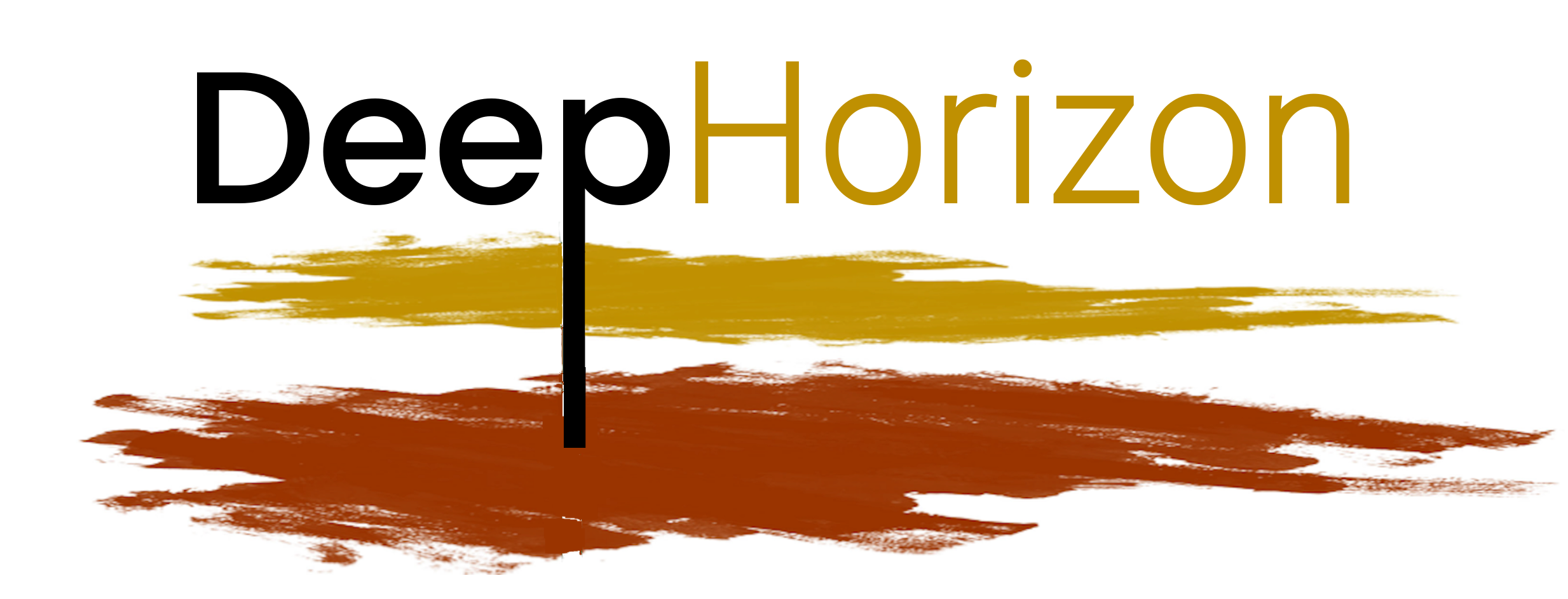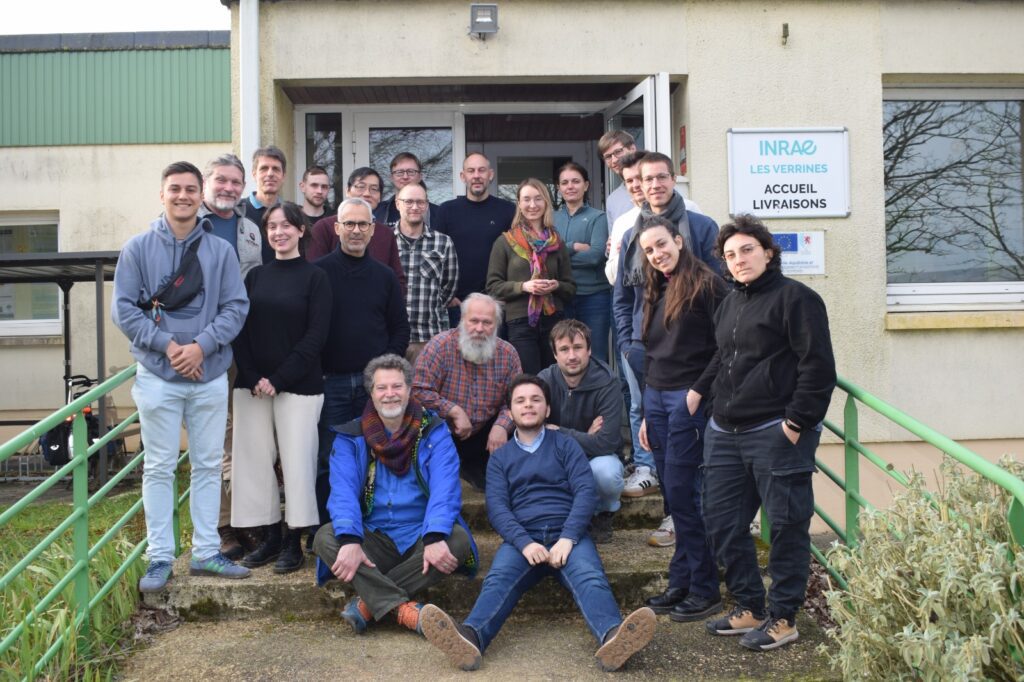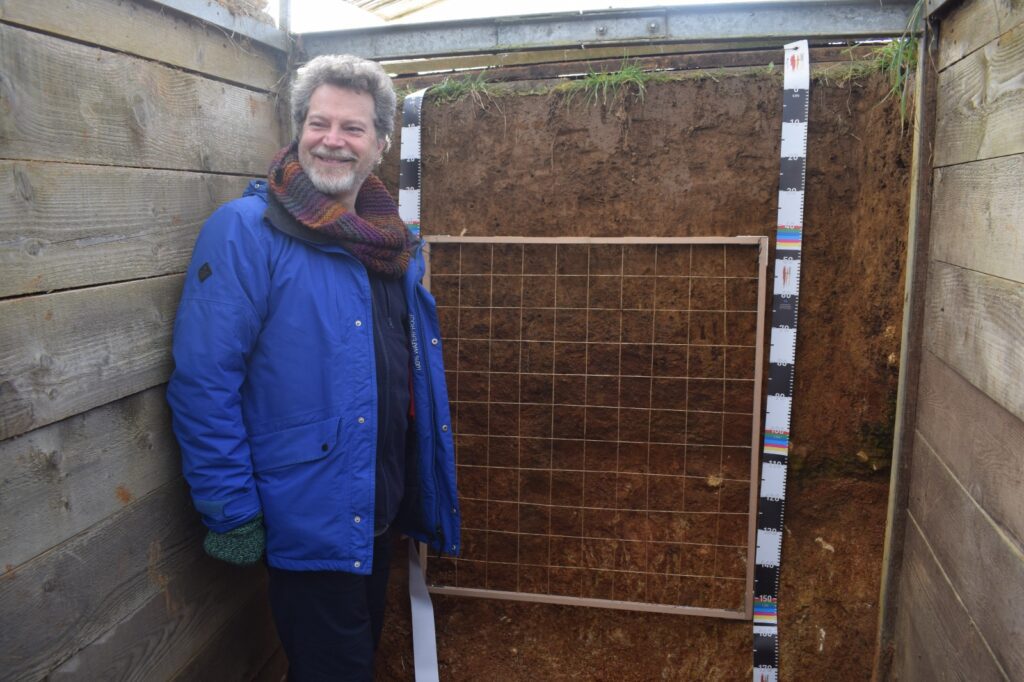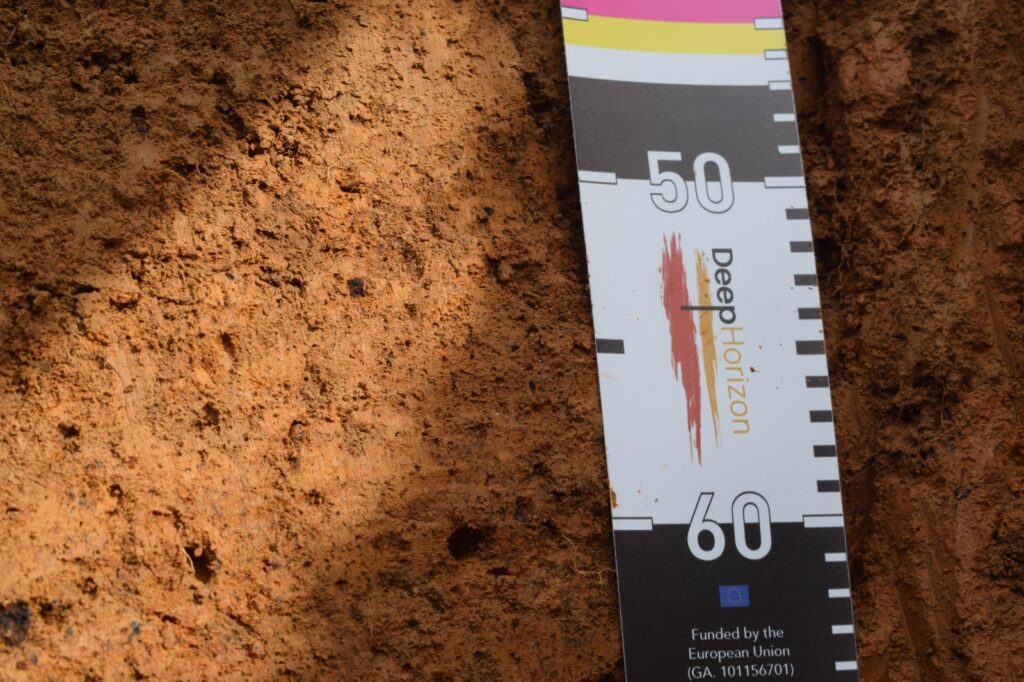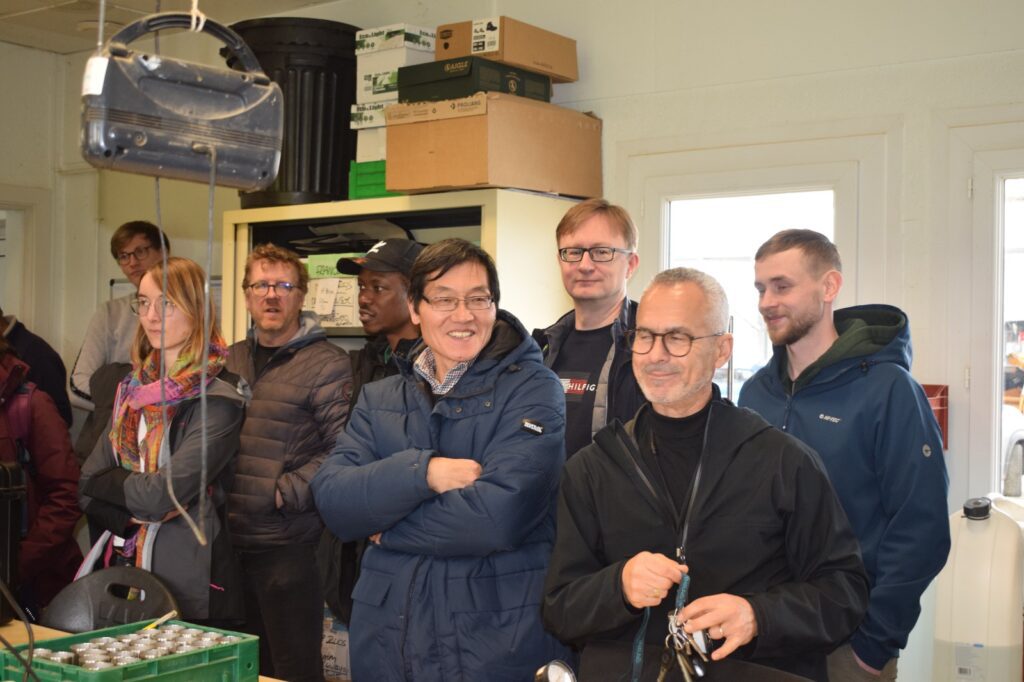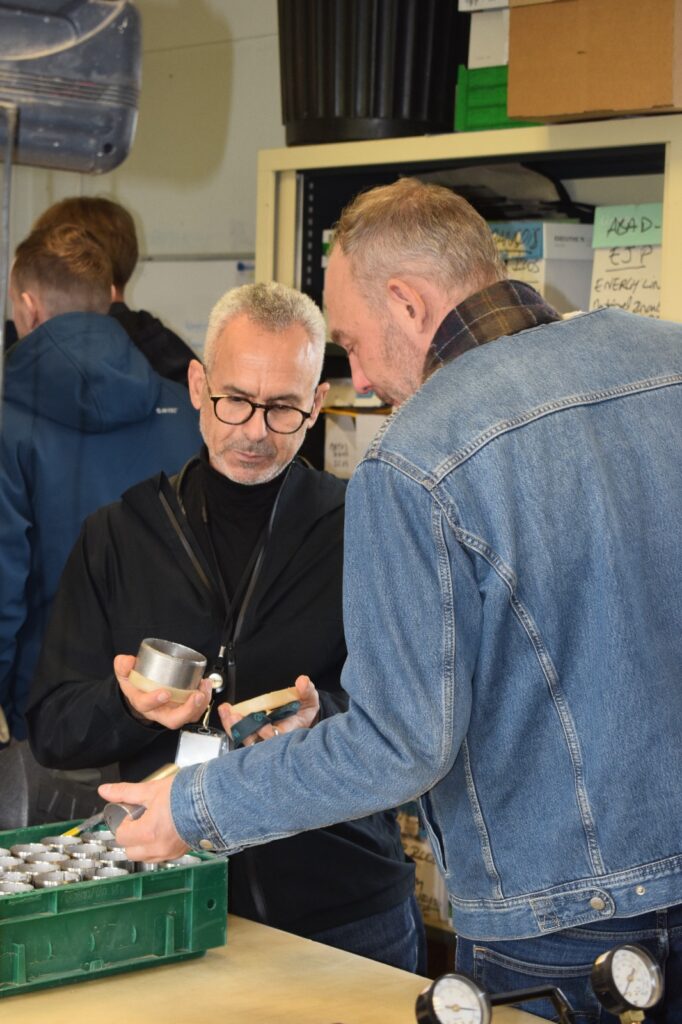The Horizon Europe DeepHorizon project focuses on reshaping our approach to subsoil ecosystems in Europe and beyond. The general aim of this European project is to promote sustainable land management practices that improve soil health and ensure environmental resilience with a focus on soil below 30 cm.
During the past few weeks, researchers from the project have been actively engaged in a subsoil isotope labelling experiment.
In Belgium, the research team, composed of Aurélien Lengrand, Luke Wardak, and Sébastien François (working in the team of Mathieu Javaux), welcomed Qiaoyan Li from the University of Copenhagen (Denmark).
Together, they conducted a field experiment in an agrarian environment to better understand how till and no-till management practices affect plant water and nitrate use along the soil profile, from topsoil to subsoil.
The experiment
This experiment has been designed by Professor Kristian Thorup-Kristensen and the postdoctoral researcher Qiaoyan Li (University of Copenhagen). The general task of this group is to study the aboveground crop uptake activity of water and nitrogen from the subsoil in both till and non-tilled sites.
In this study, injected isotopic tracers are applied at three depths, at 20, 60 cm, and 90 cm below ground. The tracers are the stable isotopes of 15N and 2H (added as heavy water). Plant materials (maize) are then sampled on two dates, e.g. 4 and 8 days after labelling.
By tracing these isotopic labels in the plant tissues over time, researchers can quantify how much water and nitrogen the crop roots access from these deeper layers.
Fieldwork
As part of this experiment, Sébastien François and Aurélien Lengrand coordinated the practical organization in the field. This involved, in particular, communicating with the team at the University of Copenhagen to organize the shipment of the necessary equipment from Denmark (ceramic suction cups, heavy water tracer, augers), as well as preparing additional equipment on site (markers, tools, logistics) in Louvain-la-Neuve (Belgium).
In the field, Sébastien François, Olivier Lebbe, Aurélien Lengrand, Luke Wardak, and Qiaoyan Li then conducted the drilling and soil sampling. They also managed the installation of isotopic injection devices at the three depths in two contrasting plots (one ploughed and one unploughed), as well as the injection of the tracer. Finally, they harvested the maize plants 4 and 8 days after the injection.





